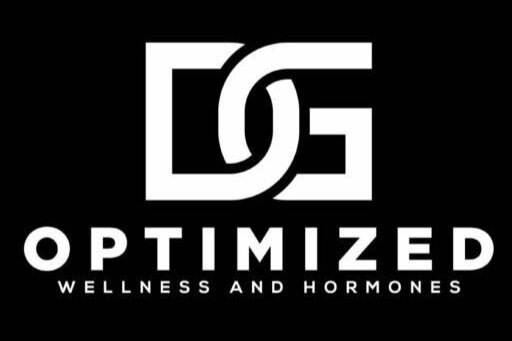The Magic of HRT and Osteoporosis
Introduction
Osteoporosis, often termed a 'silent disease', significantly impacts global health and economies. While its presence is quiet, its effects are profound, leading to debilitating fractures and a diminished quality of life for millions. Recent Indian studies highlight a concerning knowledge gap in both medical professionals and the general public about osteoporosis, its diagnosis, and management. This blog aims to demystify osteoporosis, emphasizing the importance of prevention, early detection, and effective management strategies.
The Silent Epidemic of Osteoporosis
Osteoporosis is a condition that weakens bones, making them fragile and more likely to break. It often goes unnoticed until a fracture occurs, hence its label as a 'silent disease.' The socio-economic burden of osteoporosis is immense, with high costs associated with treating fractures and the long-term care these injuries often require.
Bridging the Knowledge Gap
Despite its prevalence, there is a significant lack of awareness and understanding of osteoporosis. This gap exists not only among the general public but also within the medical community. Enhancing knowledge and understanding of this disease is crucial for its early detection and prevention.
Postmenopausal Osteoporosis: A Critical Focus
A major area of concern is postmenopausal osteoporosis. After menopause, women experience a decrease in estrogen, a hormone crucial for bone health. This decrease can lead to rapid bone loss and an increased risk of osteoporosis.
Hormone Therapy: A Viable Solution
Hormone therapy (HT) has emerged as a cost-effective treatment, especially in the early post-menopausal phase. It's particularly beneficial for women displaying symptoms of menopause and who are at risk for osteoporosis. HT not only relieves menopausal symptoms and addresses urogenital atrophy but also plays a vital role in maintaining bone health.
Understanding Hormone Therapy Options
All hormone therapy preparations, including low-dose and non-oral routes of estrogen, have been found effective for bone health. The bone-protective effects of HT continue as long as the treatment is ongoing. For women in the late postmenopausal phase (beyond 10 years of menopause), extended use of HT can be considered, especially for those with reduced bone mass, but it should follow detailed counseling about the risks and benefits.
Prevention in Early Menopause and Secondary Amenorrhea
For women experiencing early menopause or secondary amenorrhea, hormone therapy is the primary strategy to prevent bone loss. Regular follow-ups and a thorough work-up are essential before starting HT.
Conclusion: A Call for Action
Osteoporosis is a significant health challenge that requires more attention and understanding. By educating both healthcare professionals and consumers, we can improve early detection and management of this disease. It's crucial to have open discussions about hormone therapy options and tailor treatments to individual needs, balancing risks and benefits for optimal bone health.
Rani, J., Swati, S., Meeta, M. et al. Postmenopausal Osteoporosis: Menopause Hormone Therapy and Selective Estrogen Receptor Modulators. JOIO (2023). https://doi.org/10.1007/s43465-023-01071-6
Often times it's the hip fracture that leads to one's untimely passing, or the spinal fractures that lead to ongoing pain and decrease mobility and vitality. Prevention is key and possible with bio-identical hormone replacement therapy. Reach out, act before it's too late, your brain, heart, and bones will thank you. Whether you think so or not, you are READY to take the leap. Jason & Rita...aka Dr. De Leon and Dr. Gillespie.
